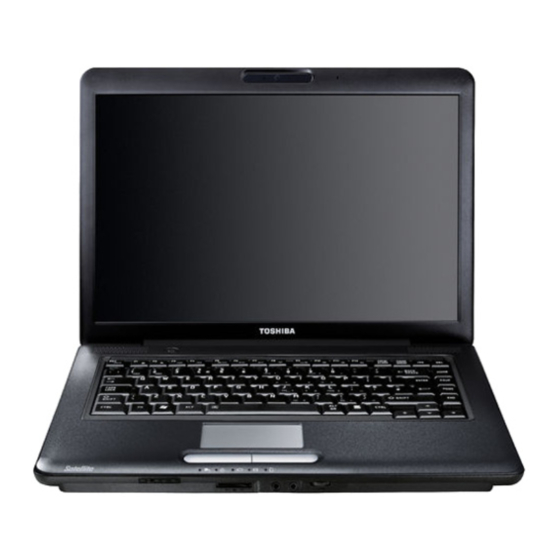
Toshiba Satellite Pro A300D Series User Manual
Hide thumbs
Also See for Satellite Pro A300D Series:
- User manual (226 pages) ,
- User manual (243 pages) ,
- User manual (218 pages)










Need help?
Do you have a question about the Satellite Pro A300D Series and is the answer not in the manual?
Questions and answers